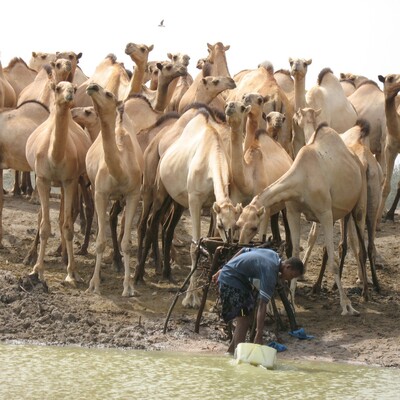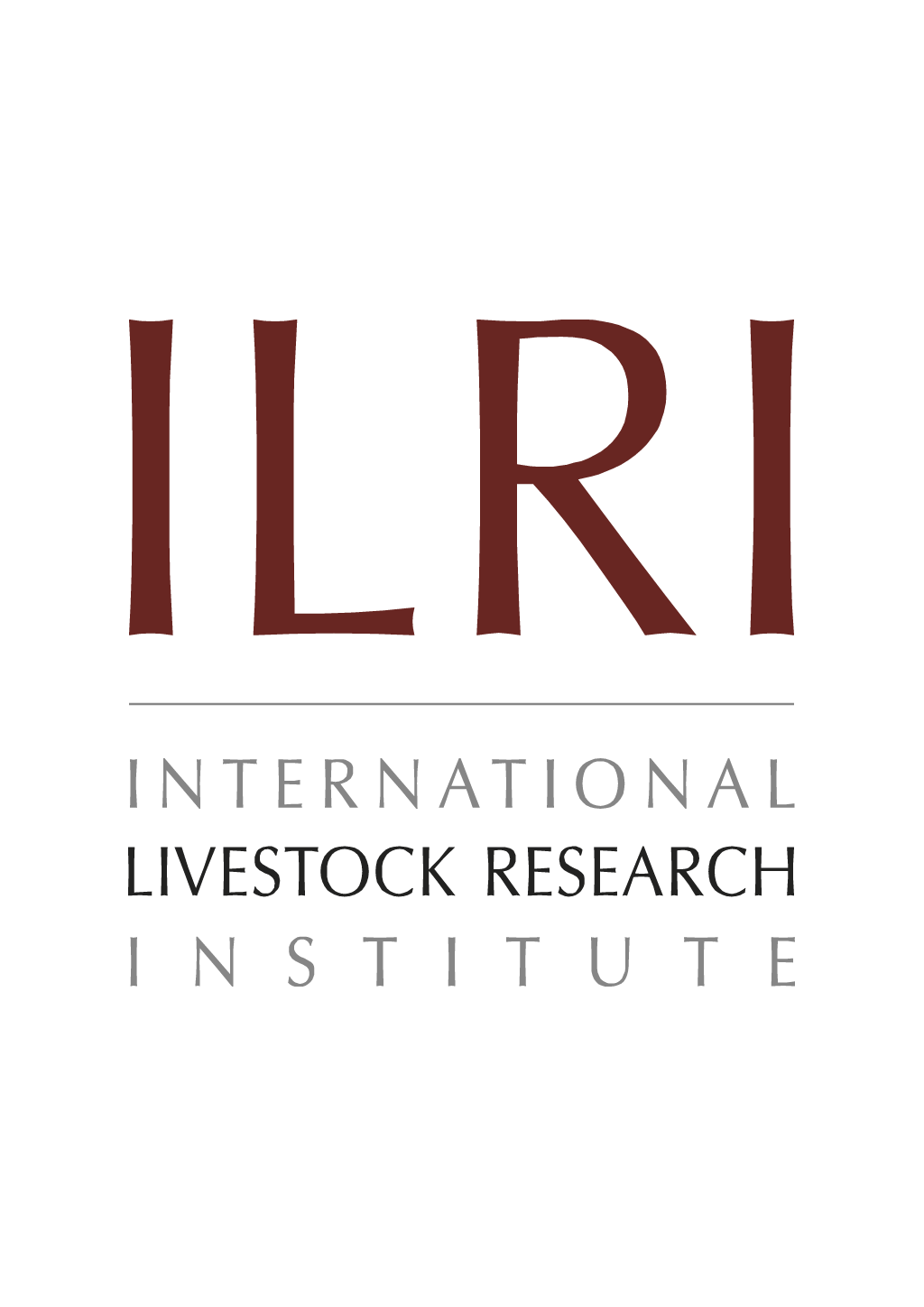
Potassium requirements of a grass/legume pasture established on selected soils of the subhumid zone of Nigeria
Abstract
The fast depletion of available potassium (K) in soils of the subhumid zone (SHZ) of Nigeria has become a problem for the formulation of fertilizer recommendations, especially in the grass/legume mixtures of the fodder bank system. Five different K fertilizer recommendation models viz. Control, Conventional Rate, Fractional Recovery, Mitscherlich Baule Units, and Nutrient Supplementation Index were employed to determine the amount of K required to satisfy the needs of an Andropogon/stylo mixture. Andropogon gayanus (grass) and Stylosanthes hamata cVerano (legume) seeds were sown in June 1991. Cutting started two months after planting and continued at monthly intervals during the rainy season and bimonthly in the dry season till mid dry season when there is usually feed crisis. The Andropogon/stylo mixture grown on soils of the SHZ will require no K fertilization when the soil test value is more than 0.20 comol/kg. The soils require an application of 52 kg K20/ha when the soil test value is less than 0.20 comol/kg. Dry matter yield and K uptake of the Andropogon/stylo mixture increased up to October 1991 and started decreasing with subsequent cuttings. Among the recommendation models tested for K fertilization of the Andropogon/stylo mixture, the Fractional Recovery model was the most appropriate and is therefore recommended for determining K levels to apply to Andropogon and stylo in the SHZ.
Citation
Communications in Soil Science and Plant Analysis;26(15&16): 2403-2424










